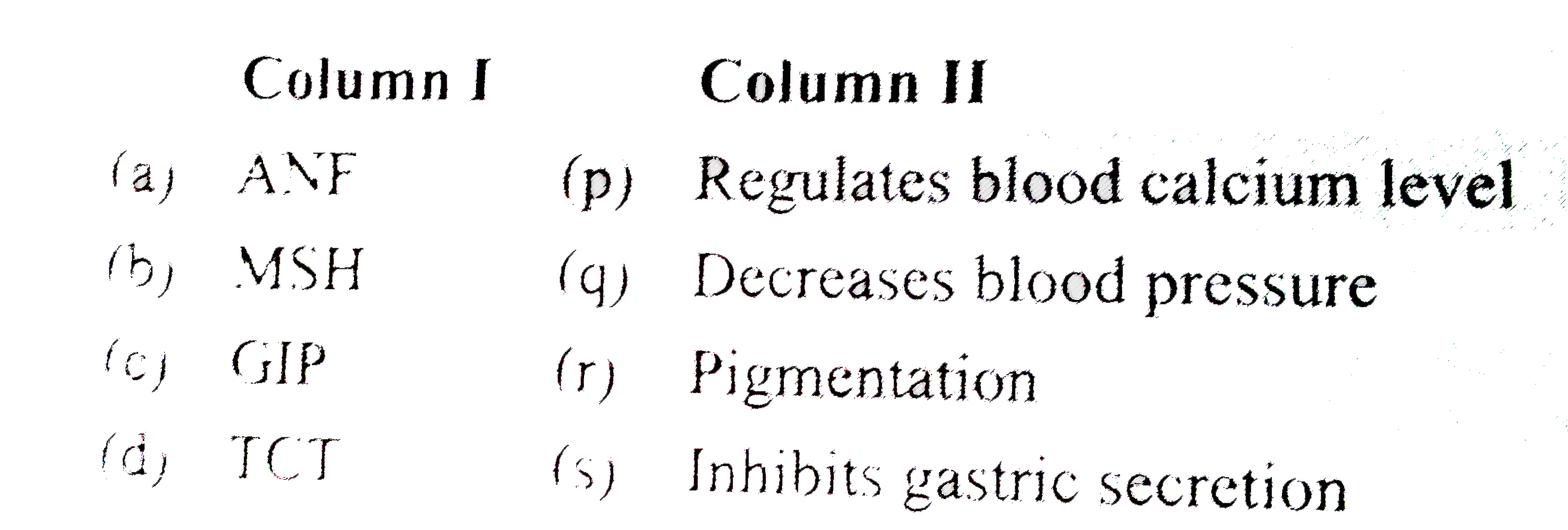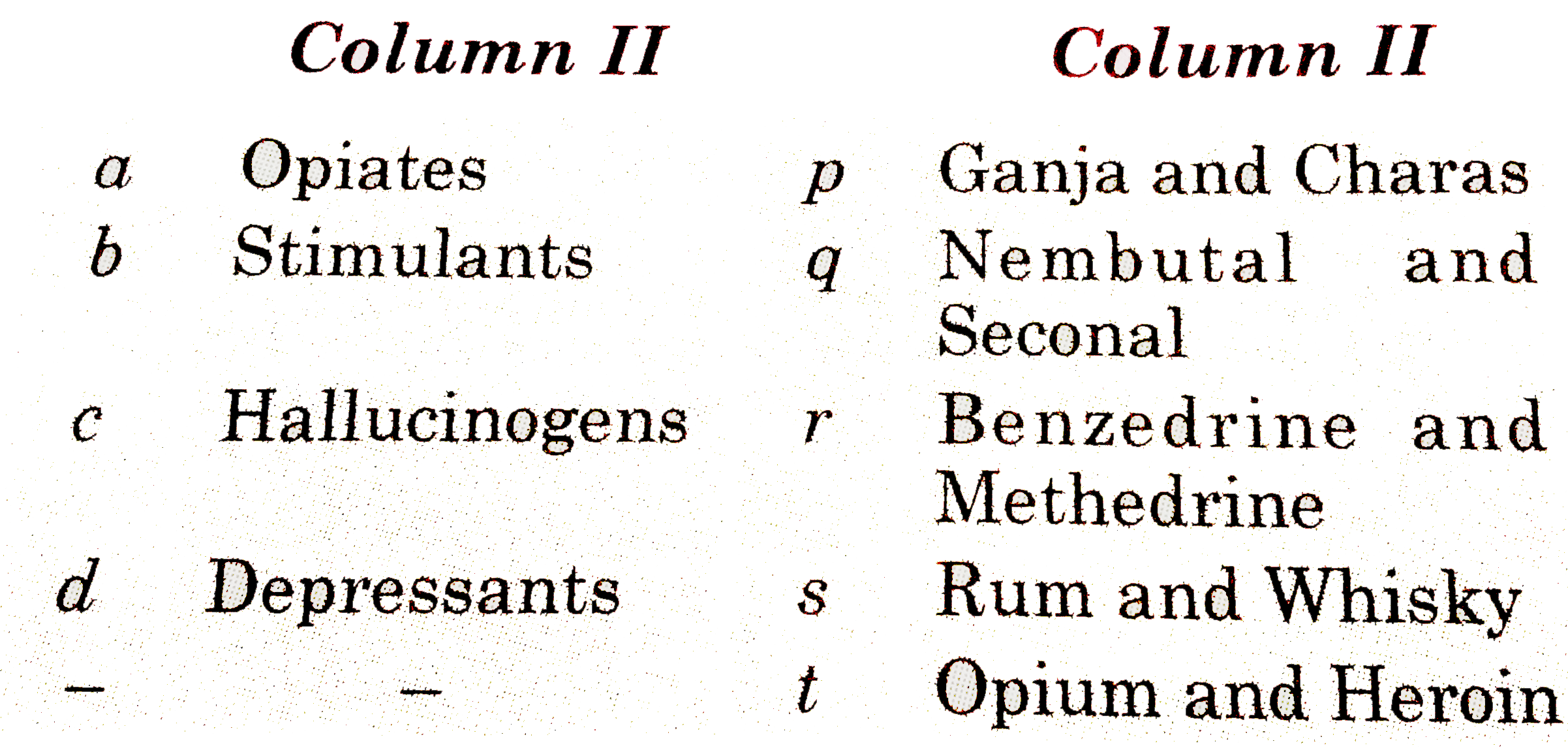Column I gives the angle at which a force F is applied on a block as shown in the figure.
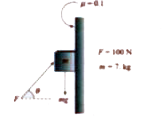
Column II gives the resulting friction on block.

Now match the given columns and select the correct option from the codes given below.
Coads:
(a)p-a,b,q-a,c,r-a,c
(b)p-a,d,q-a,c,r-b,c
(c) p-a,b,q-b,c,r-b,c
(d)p-a,q-a,b,c,r-b,c
The correct Answer is:b
[p-a,b] [q-a,c] [r-b,c]

(p) θ=37∘,Fsinθ=60N
N=Fcosθ=80N
fr=μN=0.1×80=8N
force required =75−60=15N>f1
hance friction is kinetic in upward direction.
(q)θ=45∘.N=50√2
f1=μN=0.1×50√2=5√2N
Fsinθ=50√2N
force required =75−50√2=25(3−2√2)
=4.29N<f1
so,f=4.29↑(static)
(r)θ=53∘,Fsinθ=80N,N=Fcosθ=60N
f1=μN=0.1×60=6N
Force required 80−75=5N<f1
f=5↓(static)
Topper's Solved these Questions
- FRICTIONBOOK - CENGAGE PHYSICSCHAPTER - FRICTIONEXERCISE - OLYMPIAD AND NTSE LEVEL EXERCISES (Read the given statements and select the correct option.)
1 Videos
- FRICTIONBOOK - CENGAGE PHYSICSCHAPTER - FRICTIONEXERCISE - CHALLENGING EXERCISE
3 Videos
- ELASTICITYBOOK - CENGAGE PHYSICSCHAPTER - ELASTICITYEXERCISE - OLYMPIAD AND NTSE LEVEL EXERCISES
10 Videos
- SOUNDBOOK - CENGAGE PHYSICSCHAPTER - SOUNDEXERCISE - OLYMPIAD AND NTSE LEVEL EXERCISE
10 Videos
Similar Questions
Knowledge Check
Match the Correct Memory Units.
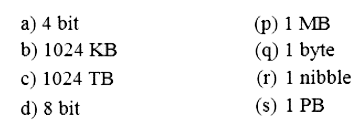
A. a-r, b-p, C-s, d-q
B. a-p, b-s, c-q, d-r
C. a-r, b-s, c-4, d-p
D. a-r, b-q, c-s, d-pAABBCDDC
a≠p,b≠q,c≠r and ∣∣ ∣ ∣∣pbcaqcabr∣∣ ∣ ∣∣=0 the value of pp−a+qq−b+rr−c=
View Solutiona≠p,b≠q,c≠r and ∣∣ ∣ ∣∣pbcaqcabr∣∣ ∣ ∣∣=0 the value of pp−a+qq−b+rr−c=
View SolutionIf a≠p,b≠q,c≠rand∣∣ ∣ ∣∣pbcaqcabr∣∣ ∣ ∣∣=0 , then pp−a+qq−b+rr−c is equal to
View SolutionABCD is a quadrilateral. A line through D, parallel to AC, meets BC produced in P as shown in Figure. Prove that ar (ABP)=ar (Qua..ABCD).
View SolutionIf A={a,b, c,d}, B={p,q,r,s} than Is the following relation from A → B? Give reasons for your answer.: R3={(a,p), (a,q), (d,p), (c,r), (b,r)}
View SolutionTwo triangle ABC and DBC lie on the same side of the base BC . From a point P on BC,PQAB AND PRBD ARE DRAWN. They meet AC in Q and DC in R respectively. Prove that QRAD.
View SolutionHere each question contains statements given in two columns which have to the matched. Sttements in column I are labelled as A, B, C and D whereas statement in column II are labelled as p,q,r and s. The answers of these questions are to appropriatly bubbled as illustrated with the following example.
If the correct matches are A-p, A-r, B-q, B-r, C-p, C-q and D-p, then correctly bubbled 4×4 matrix should look like the following.
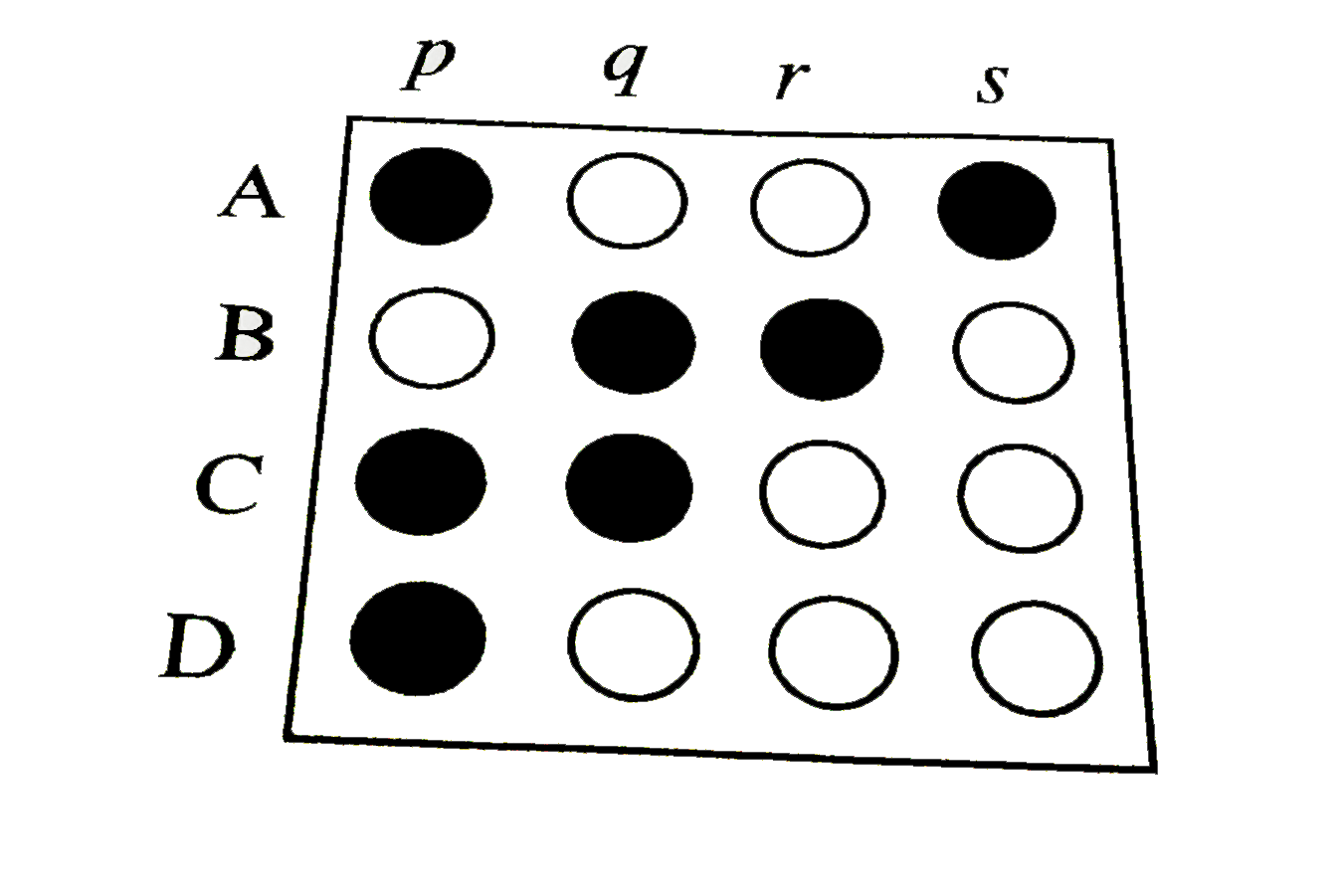
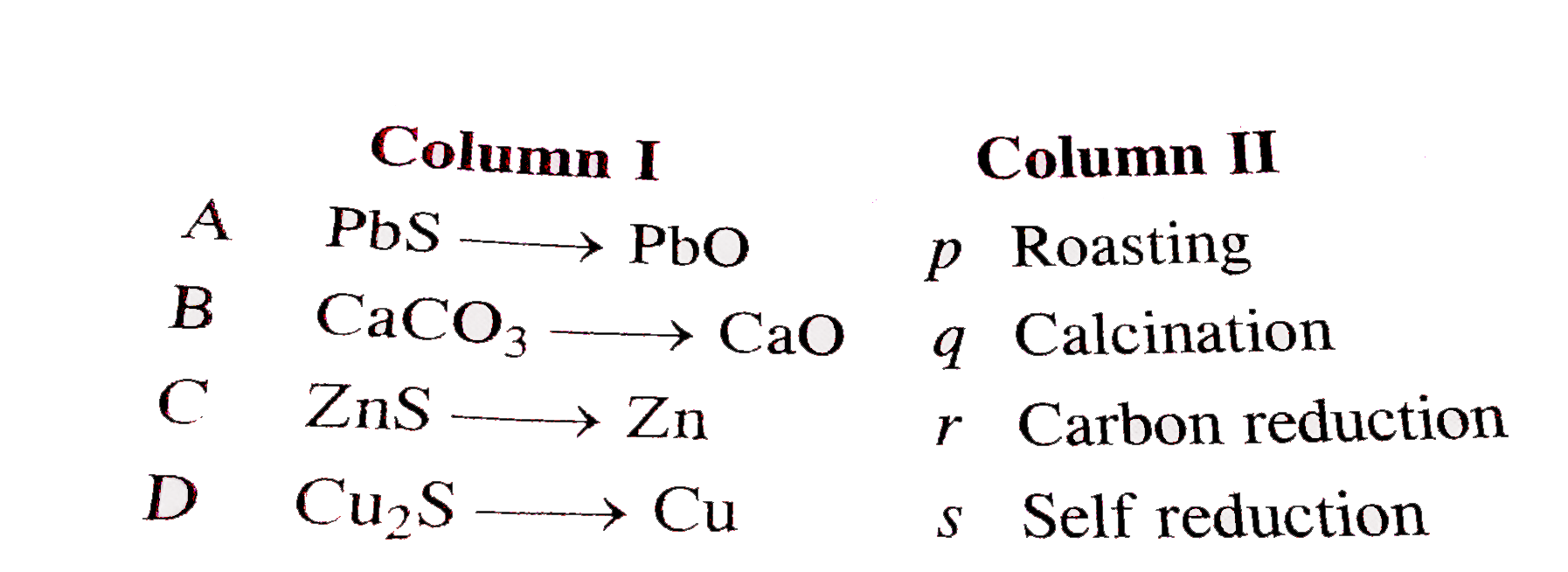
View Solution

